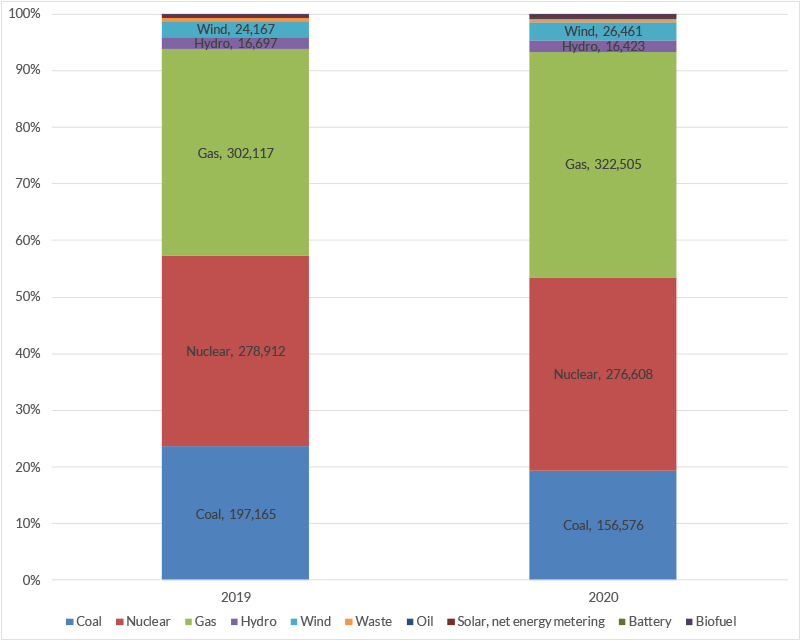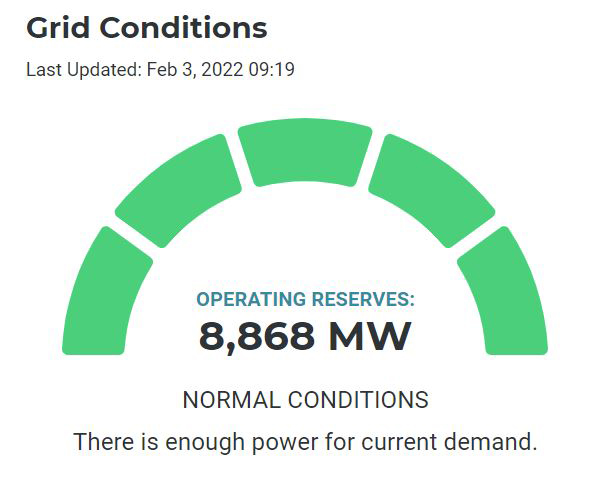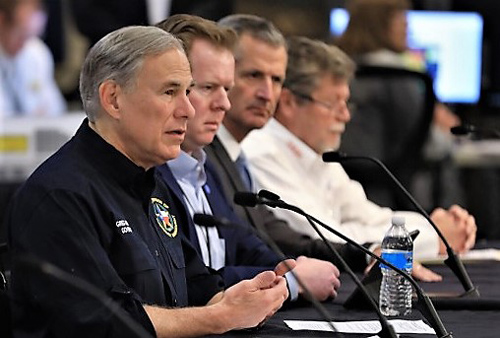Prompted by a petition from environmental justice groups, California regulators will take a closer look at the role of dairy-manure biomethane in the state’s low-carbon fuel standard this year.
The petition, submitted in October to the California Air Resources Board, asked CARB to launch a rulemaking to exclude biomethane derived from dairy or swine manure from the agency’s low-carbon fuel standard (LCFS).
The groups contend that the LCFS overstates the climate benefits of using the so-called “factory farm gas” as a transportation fuel. They say the LCFS credit system provides incentives for farm expansion, leading to increased air and water pollution. (See Petition Would Bar ‘Factory Farm Gas’ from CARB LCFS Credits.)
The petitioners include Public Justice, Food and Water Watch, the Animal Legal Defense Fund, the Association of Irritated Residents, Leadership Counsel for Justice and Accountability, and the Vermont Law School Environmental Justice Clinic.
In a response dated Jan. 26, CARB Executive Officer Richard Corey denied the groups’ request to amend LCFS at this time, calling the requests for near-term rulemaking “premature.” Corey noted that CARB will revisit the LCFS in 2023, after completing an update to its climate change scoping plan this year.
But during a CARB board meeting on Jan. 27, Chair Liane Randolph asked CARB staff to hold a public workshop in the next few months specifically on the role of dairy-manure biomethane in the LCFS, to be followed by a report to the board.
Randolph’s request came after several other board members weighed in on the issue.
Board member Tania Pacheco-Werner asked if CARB could conduct a technical review of information on dairy-manure biomethane that has come to light since the LCFS regulation took effect. She said the answers are important as several dairy-digester projects are in the development pipeline.
“Personally, I want to see resolution of this as quickly as possible,” said Pacheco-Werner, who is a governing board member for the San Joaquin Valley Air Pollution Control District.
Carbon-intensity Benchmarks
CARB’s low-carbon fuel standard assigns a carbon intensity score to different transportation fuels. It also sets a carbon-intensity benchmark that fuel providers must meet. Providers that don’t meet the benchmark can make up the difference by buying credits awarded to producers of low-carbon intensity fuels.
Dairy-manure biomethane is a fuel potentially eligible for credits under the LCFS.
The environmental justice groups’ petition alleges that the LCFS credit system doesn’t account for emissions throughout the full life cycle of the biomethane, which is generated from the anaerobic digestion of dairy cows and swine manure.
The petition says the credit system incentivizes expansion of the factory farms, which allegedly has disproportionate environmental and health impacts on low-income communities and communities of color, particularly in the San Joaquin Valley.
The petition asks CARB for a rulemaking to amend the LCFS to exclude all fuels derived from factory farm gas, or to modify LCFS to account for emissions over the entire lifecycle of dairy-manure biomethane.
In his response to the groups’ petition, Corey said CARB’s long-range scoping plan, which takes a big-picture look at greenhouse gas-reduction strategies, may include recommendations regarding the LCFS. CARB expects to finalize the scoping plan update by the end of the year.
Corey said information gathering is another key step before the agency makes changes to the LCFS. He said during the CARB board meeting that some of the issues raised regarding the LCFS are not new, and “I have not seen the evidence of the claims that are being made.”
“If there truly is new data that is contrary to the historical record and the underlying analysis, I’m very interested in seeing that,” Corey said.
Corey and other CARB senior managers met with petitioners before issuing a response, and he said further dialogue is welcome.
Methane-reduction Goal
The debate over dairy-manure biomethane came up during public comments in response to a CARB presentation on 2022 priorities.
Michael Boccadoro, executive director of Dairy Cares, a dairy industry coalition, said the digesters are essential to helping the dairy sector meet California’s goal of reducing methane emissions by 40%.
“Without digesters, there is no way to achieve the 40% goal,” Boccadoro said during the CARB board meeting. “Without markets like the LCFS for utilization of the methane that is captured, these projects are not economic and cannot be financed and implemented.”
Boccadoro previously described dairy digesters as the state’s most cost-effective and successful climate investment.
Other speakers expressed disappointment with Corey’s response to the petition.
“This petition has been brushed aside with empty promises [that] it will be considered in the future,” said Tom Frantz with the Association of Irritated Residents. “In other words, ‘Blah, blah, blah.’”



